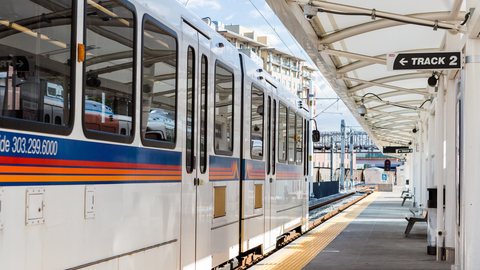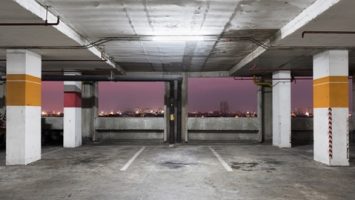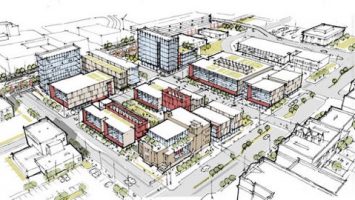
The US Department of Energy’s National Renewable Energy Laboratory (NREL) has developed the Mobility Energy Productivity (MEP) metric designed to measure the existing and potential impact of all mobility options in a given area. Unlike existing metrics, it focuses on multiple modes and factors – taking into account travel time, energy, and affordability – and assesses both existing and future mobility options.
“If you can’t measure something, you don’t have a way to gauge the impact of changes in the system,” said Johney Green, associate lab director for Mechanical and Thermal Engineering Sciences at NREL. “Thanks to the MEP metric, we finally have a holistic measure of mobility, and can quantify how certain choices positively or negatively affect everything from traffic flow to air quality, and more.”
The MEP metric is considered to be an improved indicator as it measures the potential to connect individuals to services, activities, and locations using various modes of transportation. It takes into account such factors as the convenience, cost, and energy consumption. Locations with a high MEP score have more efficient and affordable options for providing access to a greater number of destinations.
“The MEP metric applies a mathematical framework to a range of variables, rolling them up into a single, simple score,” said NREL transportation data analytics researcher and MEP project leader Venu Garikapati. “The result is a robust assessment of the ease of access provided to any traveler at any location, which can be scaled up from a specific neighborhood to an entire state or region.”
The MEP team has calculated initial baseline metrics for cities in all 50 states. These scores consider both current circumstances and future developments. This includes:
- Widespread deployment of connected, automatic, and electric vehicles;
- Growth of on-demand ride sharing services;
- Highway expansion;
- Investments in public transit; and,
- New shopping centers.


